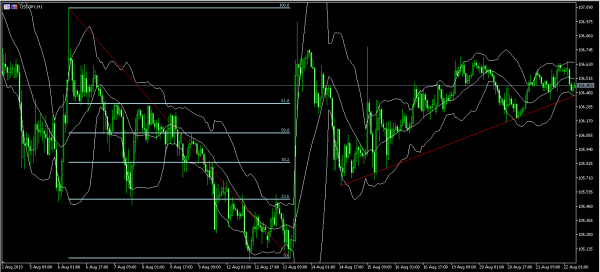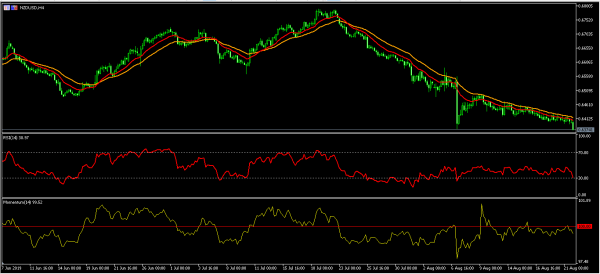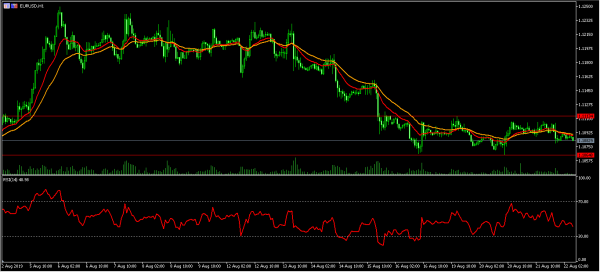The price of crude oil declined in overnight trading, even after the EIA released slightly bullish inventories numbers. The data showed that inventories declined by more than 2.7 million barrels in the past week. This was a higher decline than the 1.8 million barrels that investors were expecting. On Tuesday, data from API too showed that the inventories were declining. The distillate stocks rose by 2.6 million barrels while crude oil imports declined by 616k barrels.
The USD was relatively unchanged even after the US released better-than-expected existing home sales data. The numbers showed that the sales increased to 5.42 million from the previous 5.29 million. Investors were expecting the numbers to show an increase to 5.39 million. Later on, the FOMC released minutes of the previous meeting. The minutes showed that there was a wide divergence of views on the decision of cutting rates. The minutes showed the 25-basis cut of interest rates as a ‘recalibration of the stance of policy or a mid-cycle adjustment, in response to the evolution of the economic outlook’. Some members said that they preferred a 50-basis cut while others argued for keeping rates unchanged. The latter argued that the economy was in a good place. The minutes came at a time when Powell is facing more pressure from Donald Trump to ease monetary policy further.
The Japanese yen strengthened slightly after the country released PMI data. The services PMI came in at 53.4, which was better than the expected 51.8. The manufacturing PMI rose slightly from 49.4 to 49.5. Later today, the market will receive the flash PMI data from Germany, France, and the overall European Union. This data will be released by IHS Markit. Investors expect the German PMI to decline from 43.2 to 43.0 while the EU manufacturing PMI to ease from 46.5 to 46.3. Later on, the ECB will publish the minutes of the past meeting. From the United States, the manufacturing PMI is expected to increase slightly from 50.4 to 50.5.
EUR/USD
The EUR/USD pair is trading at 1.1082, which is slightly lower than the yesterday’s high of 1.1107. On the hourly chart below, the pair has remained between the 1.1113 and 1.1064 channel. This consolidation means that the pair is trading slightly below the 14-day and 28-day moving averages. The RSI has been on a slow decline after reaching a high of 68 last week. At this stage, the pair can breakout in either direction.
USD/JPY
The USD/JPY pair declined slightly after the PMI data from Japan. The pair reached a low of 106.39 from the previous high of 106.65. On the hourly chart below, the pair has been trading on an upward trend, and is trading slightly above the 61.8% Fibonacci Retracement level. The price is between the lower and the middle lines of the Bollinger Bands. The key point to watch will be the 106.40 level, which is an important support. If the pair moves below this price, it will likely continue moving lower.
NZD/USD
The NZD/USD pair has been on a strong downward trend since July 22 when the pair was trading at 0.6792. Today, the pair continued downward and is currently trading at 0.6375. This is a significant decline and is the lowest level since January 2016. The price is lower than the 14-day and 28-day moving averages while the RSI on the four-hour chart is slightly above the oversold level of 30. The momentum indicator is slightly below 100. The pair will likely continue moving lower, although a reversal could be near.














